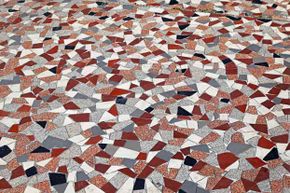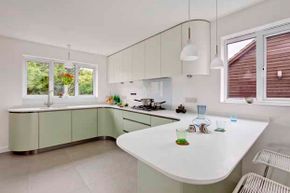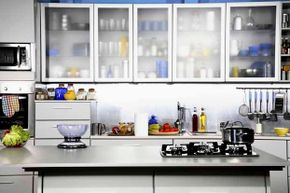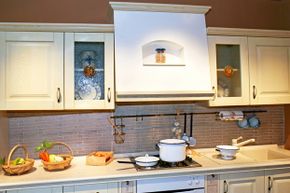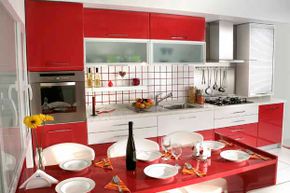With phrases like global warming, greenhouse effect and sustainable management being tossed around in everyday headlines, more people are focusing on the effects of their actions. It's not just about what manufacturing companies are doing to help or hurt the environment; it's also about what people do in their everyday activities, whether that's driving to work, cleaning their bathrooms or shopping for groceries.
So it's no wonder that eco-friendly home-building and renovation has become an entire industry, causing suppliers and homeowners to do things differently. If you follow any home design shows, magazines or Web sites, you know that the biggest projects, whether they're new construction or renovations, are often in the kitchen. So, it just makes sense that homeowners would be interested in how to incorporate green living into this popular space.
Advertisement
There isn't one single green standard, and most of us aren't environmental experts. A good rule of thumb is to consider three different positions: what's in the product; what did it take to produce it and get it to me; and what happens to it when I'm done with it? Using these three questions, you can do your research and decide what fits your needs and your desire to be environmentally conscious. To help, we're going to examine 10 green countertop options.

